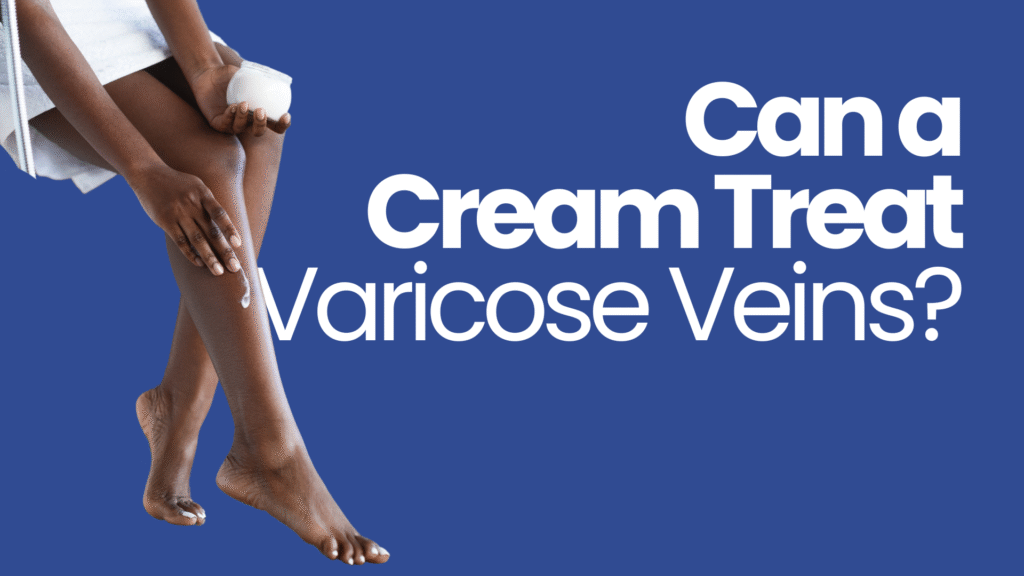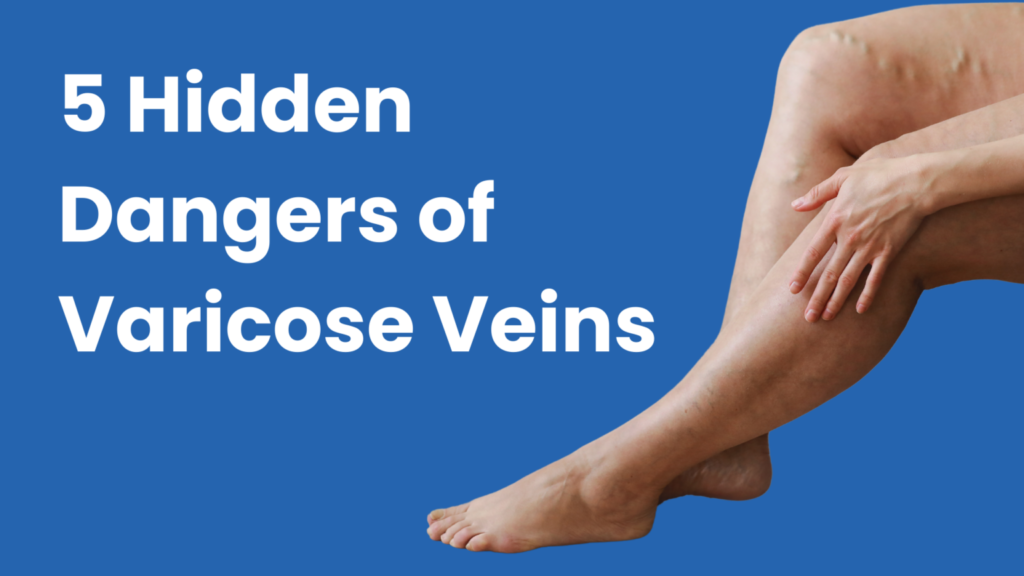You’re not sleeping well thanks to odd sensations in your legs that are only relieved when you move your limbs around. Or, perhaps you feel these sensations when you’re sitting on the couch watching TV. While the problem may stem from restless legs syndrome (RLS), which affects an estimated 7-10% of the population in the United States, it can also be related to vascular issues in your lower legs.
Dr. Ariel Soffer and the team here at Soffer Health Institute specialize in vascular problems and we understand the issues that can lead to restless legs.
Here, we explore those issues and how we can bring a little peace and calm to your legs — and your sleep.
Behind those moving legs
If you have restless legs, our first goal is to identify whether it’s primary RLS or secondary restless legs, meaning it’s a symptom of another issue.
In either case, you can experience an itching, crawling, or aching sensation in your legs and a strong urge to move them. When you follow the urge and move your legs, you experience temporary relief of the sensations. Unfortunately, the symptoms often quickly return after you still your legs again.
This happens most often at night when you’re lying in bed, but restless legs can also crop up if you’re inactive for a long period, such as sitting on the couch and reading or watching TV.
If it’s primary RLS, researchers aren’t sure what causes the condition, but they believe it’s neurological — stemming from the brain.
Secondary RLS, on the other hand, is associated with a number of issues or circumstances, such as:
- Pregnancy
- Iron deficiency
- High caffeine, alcohol, and/or nicotine intake
- Peripheral neuropathy
- Vascular issues in your lower legs
On this last point, if you have varicose veins due to chronic venous insufficiency, the veins may ache or itch and lead to restless legs.
Diagnosing and treating restless legs
Given the wide range of issues that can lead to restless legs, we first need to perform an extensive evaluation of your health. First, we review your symptoms and your medical history, and then we perform blood tests.
Once we identify the problem, we can get you on the right track for relief. For example, if we find that you have an iron deficiency, taking iron supplements may calm your restless legs. If your restless legs are related to vascular issues in your legs, we might recommend removing problematic veins.
To give you an idea about how successful this approach is, let’s look at one study of 35 patients with both RLS and leg vein issues. After vein treatments, nearly two-thirds of patients reported a significant improvement in RLS symptoms and nearly one-third experienced complete relief.
If you’re experiencing restless legs, your first step should be to contact one of our offices in Weston or Aventura, Florida, to set up a vein evaluation.



